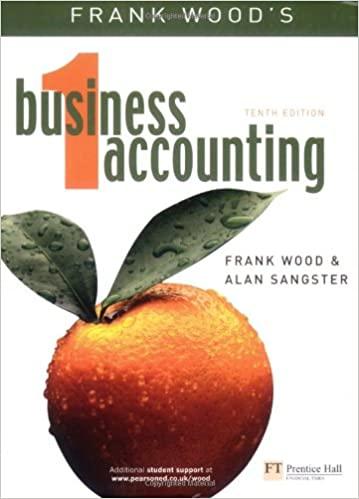
6.28 Swahili attitudes. 17 Hamisi Babusa, a Kenyan scholar, administered a survey to 480 students from Pwani and Nairobi provinces about their attitudes toward the Swahili language. In addition, the students took an exam on Swahili. From each province, the students were from 6 schools (3 girls' schools and 3 boys' schools), with 40 students sampled at each school, so half of the students from each province were males and the other half females. The survey instrument contained 40 statements about attitudes toward Swahili and students rated their level of agreement on each. Of these questions, 30 were positive questions and the remaining 10 were negative questions. On an individual question, the most positive response would be assigned a value of 5, while the most negative response would be assigned a value of 1. By summing (adding) the responses to each question, we can find an overall Attitude Score for each student. The highest possible score would be 200 (an individual who gave the most positive possible response to every question). The lowest possible score would be 40 (an individual who gave the most negative response to every question). The data are stored in Swahili. a. Investigate these data using Province (Nairobi or Pwani) and Ser to see if attitudes toward Swahili are related to either factor or an interaction between them. For any effects that are significant, give an interpretation that explains the direction of the effect(s) in the context of this data situation. b. Do the normality and equal variance conditions look reasonable for the model you chose in (a)? Produce a graph (or graphs) and summary statistics to justify your answers. c. The Swahili data also contain a variable coding the school for each student. There are 12 schools in all (labeled A, B, ... , L). Despite the fact that we have an equal sample size from each school, explain why an analysis using School and Province as factors in a two-way ANOVA would not be a balanced complete factorial design. 9 6.28 Swahili attitudes. 17 Hamisi Babusa, a Kenyan scholar, administered a survey to 480 students from Pwani and Nairobi provinces about their attitudes toward the Swahili language. In addition, the students took an exam on Swahili. From each province, the students were from 6 schools (3 girls' schools and 3 boys' schools), with 40 students sampled at each school, so half of the students from each province were males and the other half females. The survey instrument contained 40 statements about attitudes toward Swahili and students rated their level of agreement on each. Of these questions, 30 were positive questions and the remaining 10 were negative questions. On an individual question, the most positive response would be assigned a value of 5, while the most negative response would be assigned a value of 1. By summing (adding) the responses to each question, we can find an overall Attitude Score for each student. The highest possible score would be 200 (an individual who gave the most positive possible response to every question). The lowest possible score would be 40 (an individual who gave the most negative response to every question). The data are stored in Swahili. a. Investigate these data using Province (Nairobi or Pwani) and Ser to see if attitudes toward Swahili are related to either factor or an interaction between them. For any effects that are significant, give an interpretation that explains the direction of the effect(s) in the context of this data situation. b. Do the normality and equal variance conditions look reasonable for the model you chose in (a)? Produce a graph (or graphs) and summary statistics to justify your answers. c. The Swahili data also contain a variable coding the school for each student. There are 12 schools in all (labeled A, B, ... , L). Despite the fact that we have an equal sample size from each school, explain why an analysis using School and Province as factors in a two-way ANOVA would not be a balanced complete factorial design. 9







